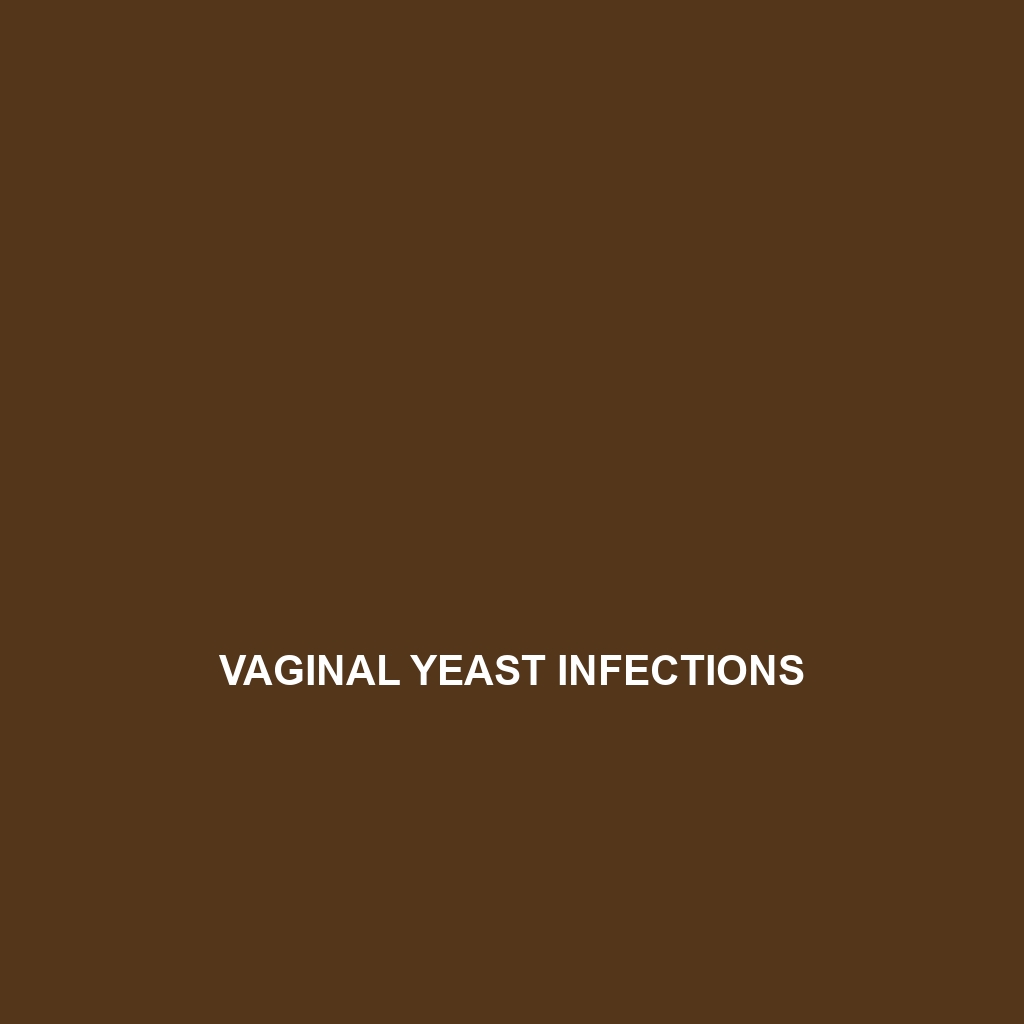Vaginal Discharge:
Definition and Description of Vaginal Discharge:
Vaginal discharge is a fluid that flows from the vagina, which plays a crucial role in female reproductive health. It serves to keep the vagina clean, moist, and free from infections. Vaginal discharge varies in consistency, color, and volume throughout a woman’s menstrual cycle due to hormonal changes. While some discharge is normal, changes in its characteristics can indicate underlying health issues that require attention.
Causes of Vaginal Discharge:
Various factors can contribute to vaginal discharge, including:
- Hormonal changes: Such as those occurring during menstruation, pregnancy, or menopause.
- Infections: Including yeast infections, bacterial vaginosis, or sexually transmitted infections (STIs).
- External factors: Such as hygiene products, soaps, or detergents that may irritate the vaginal area.
- Anatomy: Some may have a genetic predisposition to produce more discharge.
Associated Symptoms of Vaginal Discharge:
Common symptoms that may accompany vaginal discharge include:
- Itching: Often a sign of infection or irritation.
- Burning sensation: Particularly during urination, indicating possible infections.
- Odor: A strong or unusual smell can be a sign of bacterial imbalance or infection.
- Color changes: Yellow, green, or gray discharges may suggest an infection.
Diagnosis of Vaginal Discharge:
Healthcare professionals typically diagnose the cause of vaginal discharge through a combination of:
- Medical history: Discussing symptoms and lifestyle factors.
- Pelvic examination: To visually assess the vaginal area.
- Laboratory tests: Such as wet mount analysis, cultures, or pH testing to identify infections and imbalances.
Risk Factors for Vaginal Discharge:
Individuals most at risk for experiencing abnormal vaginal discharge include:
- Age: Younger women and adolescents may have varying discharge due to hormonal fluctuations.
- Sexually active individuals: Particularly those with multiple partners.
- Individuals with a history of STIs: Are at higher risk for recurrent infections.
Complications of Vaginal Discharge:
If left untreated, vaginal discharge can lead to potential complications, including:
- Pelvic inflammatory disease (PID): A serious infection that can affect reproductive organs.
- Infertility: Resulting from chronic infections.
- Increased risk of STIs: Due to a disrupted vaginal environment.
Treatment Options for Vaginal Discharge:
Treatment for abnormal vaginal discharge varies based on the underlying cause and can include:
- Antibiotics: For bacterial infections or STIs.
- Antifungal medications: For yeast infections.
- Hygiene practices: Using mild, unscented products to maintain vaginal health.
When to See a Doctor for Vaginal Discharge:
It is advisable to seek medical attention if:
- The discharge has a strong odor or unusual color.
- There is accompanying pain or discomfort.
- Discharge persists or worsens despite home treatments.
Prevention of Vaginal Discharge:
To prevent abnormal vaginal discharge, consider the following strategies:
- Maintain good hygiene: Regular cleaning with gentle soap and water.
- Avoid irritants: Such as scented feminine products, douches, or harsh soaps.
- Safe sex practices: Including the use of condoms to reduce the risk of STIs.
Statistics and Prevalence of Vaginal Discharge:
Studies indicate that a significant percentage of women experience abnormal vaginal discharge at some point in their lives. According to a survey by the American College of Obstetricians and Gynecologists, approximately 75% of women will encounter vaginitis—an inflammation that can lead to abnormal discharge—at least once. This highlights the necessity for awareness and understanding of vaginal health among women.
Personal Stories or Case Studies about Vaginal Discharge:
Many women have shared their experiences regarding vaginal discharge issues through platforms dedicated to women’s health. These personal accounts often emphasize the importance of understanding one’s own body and seeking medical advice. Experts suggest that sharing stories can demystify the subject and encourage women to take charge of their reproductive health.
Myths and Misconceptions about Vaginal Discharge:
Numerous myths surround vaginal discharge, including the belief that all vaginal discharge is unhealthy or that wearing tight clothing prevents discharge. In reality, some discharge is completely normal and essential for maintaining vaginal health. Understanding these misconceptions is vital for better reproductive health literacy.
Support and Resources for Vaginal Discharge:
For those seeking additional information or support related to vaginal discharge, numerous resources are available. Consider visiting this support page for additional resources and help.
Conclusion about Vaginal Discharge:
In conclusion, vaginal discharge is a natural bodily function that can signify various health conditions. It is crucial for individuals to pay attention to the characteristics of their discharge and consult healthcare providers when abnormalities arise. By fostering informed discussions and taking preventive measures, women can maintain better reproductive health.
